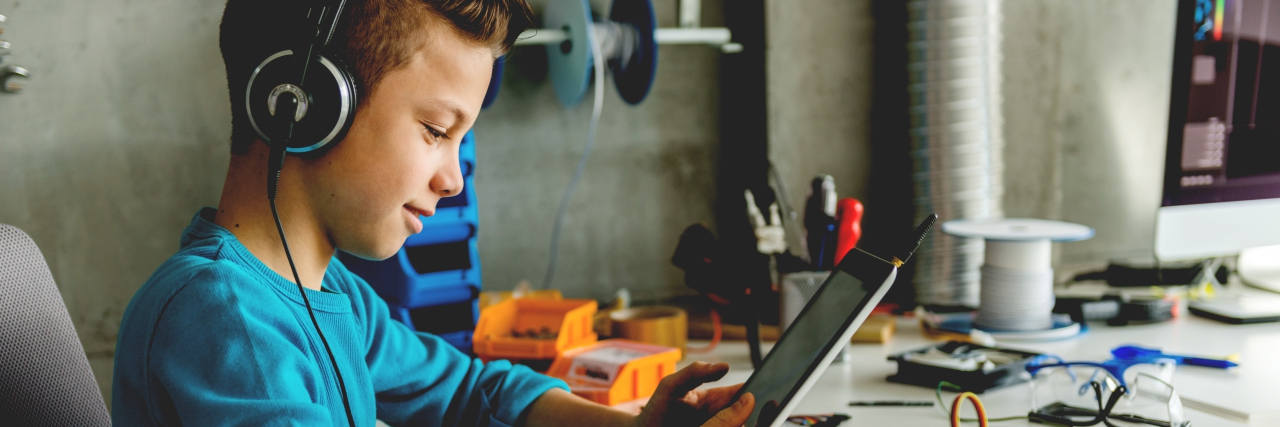I am a 24-year old who is Autistic. I use the capital A to describe this as my identity and the way I see the world. I am also a graduate student of behavioral science and a graduate early childhood educator. I am publishing a series of articles about autism and strengths-based education. Here is the first in my series.
Here are a couple of ways we can adapt our teaching to effectively capitalize on the strengths of an individual with ASD.
“By changing from a deficit orientation to a diversity perspective within which students with learning differences can learn according to their strengths rather than their weaknesses, we can help these students become who they are truly meant to be.”
I base this writing on my personal experience as both a person with ASD and as a graduate student of autism and behavioral sciences.
Keep the environment organized so distraction is limited
As an autistic child with sensory integration dysfunction, foreground and background merged together for me in my early school years. A car driving past, a child whispering across the room, the sun going behind a cloud, the sound of chalk on the board all took on equal status to the lesson. When focused, however, I paid great attention to detail. Baron-Cohen proposes that this is a common feature of autistic children. To help facilitate focused learning, my teacher partitioned my own organized little corner of the room, facing away from the window, where I wore headphones to filter out extraneous noise.
Use technology when available
Social skills and educational curriculum can be supported through video games and technology. Not only is this a highly engaging medium for many autistic children, it also gives a sense of empowerment in a world where one feels overwhelmed and powerless. I had a rich receptive vocabulary but no expressive vocabulary until the age of 6. But I could control expression by controlling the buttons of these wonderful “talking machines” (as I perceived them). Social stories also become engaging and the same story/voice/image can be repeated, using repetitive behavior to its advantage as a positive pattern. I believe it is important also to provide social supports for the individual with ASD to make their strengths more noticeable to others. Self-esteem is built as one’s strengths are acknowledged by others and as perceptions of “deficit” and “failure” are replaced by those of potential.
Social stories using a medium that highlights the neurodivergent person’s strengths/interests
Social stories can be facilitated in a number of creative ways using different art forms, play and technology and shared with peers and family. I learned pro-social turn-taking through music. This was my strength. I enjoyed taking part in call-and-response exercises in which a rhythm pattern was played and I returned a rhythm response. Later, I had the opportunity to lead and the teacher responded. I was unable to speak but I could make tuneful sounds and these were celebrated.
Happé and Vital propose that many people with autism can display talent and originality in the creative arts. Brown et. al. studied musicians with perfect pitch and proposed that those with ASD displayed a musical talent, perhaps as a result of their “detailed-focused cognitive style.” These creative arts can be used as a teaching tool and also for their own intrinsic value.
Peer-mediated instruction and peer-mentorship
Many schools create a “buddy system” within the mainstream. As an autistic child, I had the same peer buddy instructor for six years supporting me in literacy. He was my peer mentor and I gained tremendous self-confidence when he celebrated my successes. He also modeled social interaction. Often strengths are more noticeable to others when such a peer is sharing and celebrating the experience.
Getty image by Stock Rocket.

